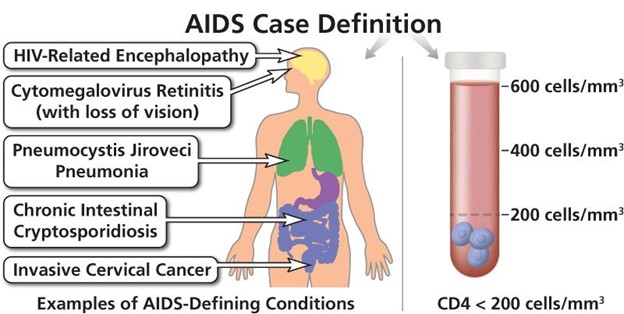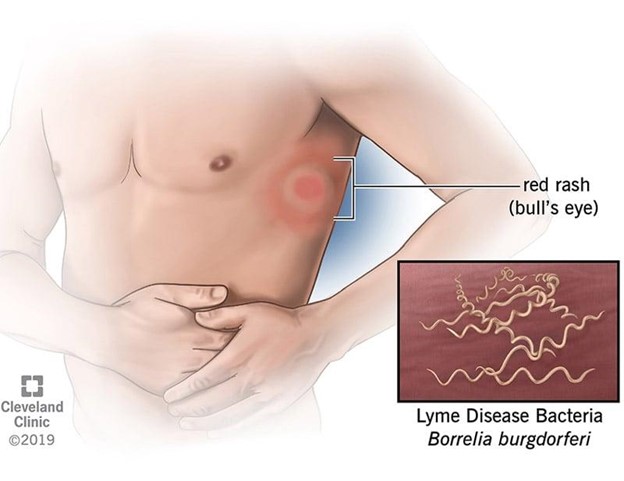The nurse is participating in a care planning conference for a patient with acquired immunodeficiency syndrome (AIDS). What is the nurse's highest priority in providing care to this client?
Instituting measures to prevent infection.
Providing emotional support.
Identifying risk factors related to contracting AIDS.
Discussing the cause of AIDS.
The Correct Answer is A
Choice A Reason: Instituting measures to prevent infection is the highest priority in providing care to this client, as AIDS impairs the immune system and makes the client susceptible to opportunistic infections that can be life-threatening.
Choice B Reason: Providing emotional support is an important aspect of providing care to this client, but it is not the highest priority, as it does not address the physical needs of the client.
Choice C Reason: Identifying risk factors related to contracting AIDS is not relevant for providing care to this client, as it does not help to improve the current condition or prevent complications.
Choice D Reason: Discussing the cause of AIDS is not essential for providing care to this client, as it does not affect the treatment or prognosis of the disease.

Nursing Test Bank
Naxlex Comprehensive Predictor Exams
Related Questions
Correct Answer is A
Explanation
Choice A Reason: Determining the client's calcium level is the appropriate action for the nurse to take, as it may indicate hypocalcemia, which is a possible complication of thyroidectomy due to accidental removal or damage of the parathyroid glands. Hypocalcemia can cause muscle spasms, tingling, numbness, or tetany.
Choice B Reason: Monitoring the client's peripheral pulses is not the appropriate action for the nurse to take, as it does not address the cause of muscle spasms or provide any relief.
Choice C Reason: Administering IV normal saline solution is not the appropriate action for the nurse to take, as it does not correct hypocalcemia or prevent further complications.
Choice D Reason: Giving the client an oral potassium supplement is not the appropriate action for the nurse to take, as it may worsen hypocalcemia or cause hyperkalemia, which can affect cardiac function and muscle contraction.
Correct Answer is B
Explanation
Choice A Reason: Swollen, painful joints are not a sign of Lyme disease in the early stage, but they may occur in the late stage, which can take months or years to develop.
Choice B Reason: An expanding circular rash, also known as erythema migrans, is a sign of Lyme disease in the early stage, which usually appears within 3 to 30 days after the tick bite. The rash may have a bull's-eye appearance and can spread up to 12 inches in diameter.
Choice C Reason: Decreased level of consciousness is not a sign of Lyme disease, but it may indicate other serious conditions such as meningitis, encephalitis, or stroke.
Choice D Reason: Necrosis at the site of the bite is not a sign of Lyme disease, but it may indicate a brown recluse spider bite, which can cause tissue damage and ulceration.

Whether you are a student looking to ace your exams or a practicing nurse seeking to enhance your expertise , our nursing education contents will empower you with the confidence and competence to make a difference in the lives of patients and become a respected leader in the healthcare field.
Visit Naxlex, invest in your future and unlock endless possibilities with our unparalleled nursing education contents today
Report Wrong Answer on the Current Question
Do you disagree with the answer? If yes, what is your expected answer? Explain.
Kindly be descriptive with the issue you are facing.
